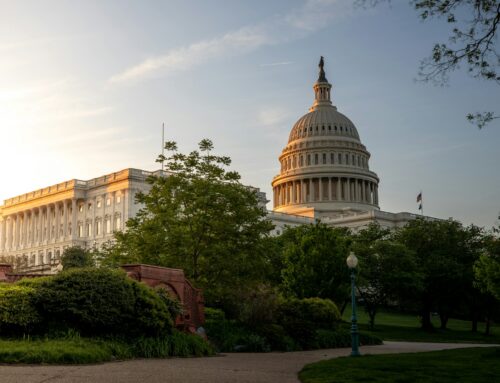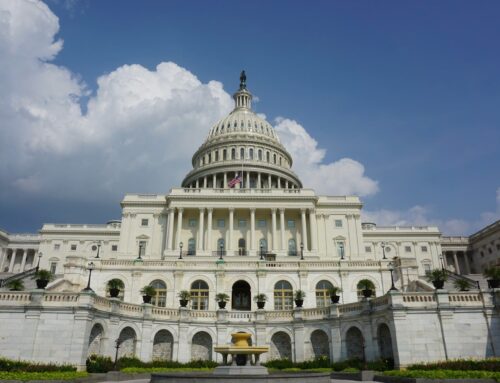Last week was big for us budget nerds. There was, of course, the President’s first full budget—which we dived into. A day later, the Congressional Budget Office released the score of the revised American Health Care Act or “TrumpCare,” the bill that reforms the Affordable Care Act or “Obamacare.” And then Treasury Secretary Mnuchin urged members of Congress to raise the debt ceiling before their August recess, much sooner than anticipated.
All three obviously relate to the federal budget, but it is worth connecting the dots to fully understand the problems that these events highlight.
First, President Trump’s $4.1 trillion budget. As we said, there were no surprises in priorities or the cuts to many programs then-candidate Trump vilified in the campaign. But then there was the math—which did not add up. The proposal supposedly balances the federal budget in 10 years, but this is based on the assumption of sustained 3 percent annual growth. Such growth is 50 percent higher than the projections of 1.9 percent growth by the Congressional Budget Office, and something few economists believe is likely.
Moreover, the budget does not reflect the impact of the President’s proposed tax cuts, which, coincidentally, also depend on 3 percent growth to pay for revenue lost by lowering rates. Even without the double counting, the underlying assumptions of this budget fall far from fiscal reality.
Moving on to the Congressional Budget Office’s score of the health care bill: Speaker Paul Ryan declared the CBO’s analysis good news, because it confirmed that the bill would reduce the deficit by $119 billion. Voices from all across the political spectrum, from Freedom Caucus member Mark Meadows to Senate Minority Leader Charles Schumer raised concerns about the impact of the bill on people with pre-existing conditions seeking insurance coverage, as well as the number of people the office projects would lose coverage—23 million. It’s the second time this year that the Congressional Budget Office has been in the limelight, and once again critics are looking to undercut the accuracy of its projections about insurance coverage.
It makes sense that Speaker Ryan embraced the deficit savings projection, and not simply because he is a proud deficit hawk. While the Senate is unlikely to keep the health bill in its current form, deficit reduction will also be a goal, in part to pave the way for the tax reform agenda that both the President and the majority in Congress have prioritized. To pass a tax reform bill with only a simple majority using the reconciliation process, as Senator McConnell and others have said they plan to do, the reforms must be deficit neutral both within and outside the 10-year budget window. And while we have not seen details of the President’s tax reform proposal, we know that like the budget, it depends on rosy growth projections to meet that mark. So any deficit reduction achieved through health care reform, creates more space for bigger, bolder tax cuts within a reform package.
Which leads us to the debt ceiling, which we hit on March 17th – the Treasury has been using various gimmicks and machinations known as “Extraordinary Measures” to avoid going over since then. The reason Secretary Mnuchin is urging Congress to lift the debt ceiling before the extended August recess is because tax revenues havefallen short of projections. The shortfall highlights the difficulty and seriousness of all the fiscal decisions before Congress. Reforming the tax code, changing major health care programs, allocating resources within the budget—all of these tasks require not just a commitment to an ideological perspective, but careful analysis, clear decision-making, and numbers that actually add up. Our debt is nearing $20 trillion. Wishful thinking won’t make it go away.











Get Social